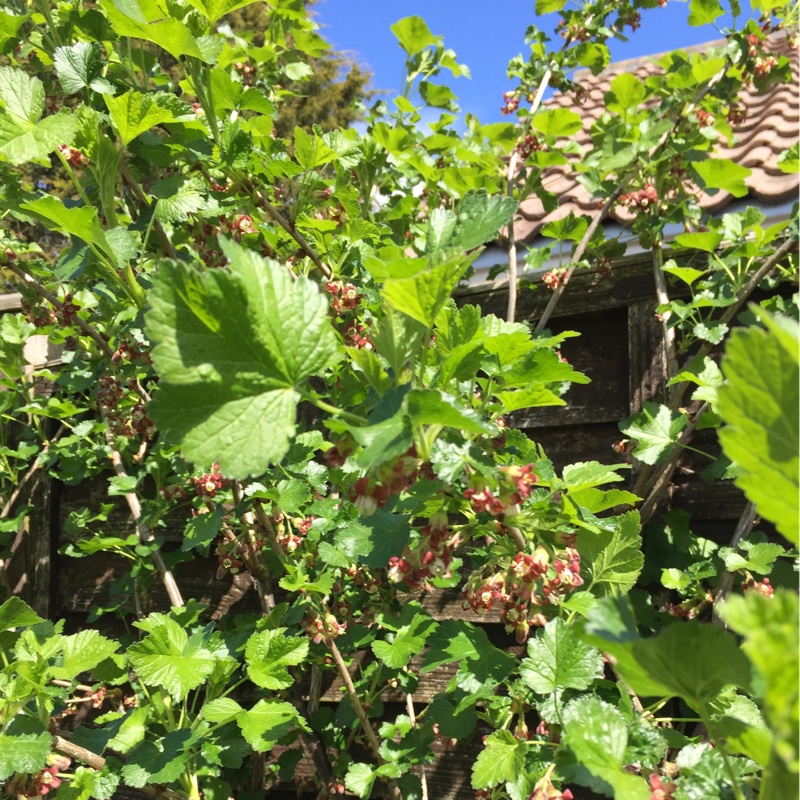
Ribes x nidigrolaria
Jostaberry
The Jostaberry is a fruit bush that is a cross between blackcurrant and gooseberry (black currant R. nigrum, the North American coastal black gooseberry R. divaricatum, and the European gooseberry R. uva-crispa). The bush bears black berries that are smaller than gooseberries, but larger than blackcurrants, and can be eaten raw, or cooked. They make lovely jam! They also freeze well, and like most ribes, rich in vitamin C
Contributed by @scorob
-
Full sun
-
Occasional watering
-
Full Frost Hardy: 5F (-15°C)
-
Moist and rich
Common name
Jostaberry
Latin name
Ribes x nidigrolaria
type
Fruiting Plant
family
Grossulariaceae
ph
5.0 - 7.5 Acid - Neutral
Plant & bloom calendar
-
Best time to plant
-
When the plant will bloom
-
When to harvest
full grown dimensions
 2.00 M
2.00 M
2.00 M
2.00 M
Ribes x nidigrolaria
The Jostaberry is a fruit bush that is a cross between blackcurrant and gooseberry (black currant R. nigrum, the North American coastal black gooseberry R. divaricatum, and the European gooseberry R. uva-crispa). The bush bears black berries that are smaller than gooseberries, but larger than blackcurrants, and can be eaten raw, or cooked. They make lovely jam! They also freeze well, and like most ribes, rich in vitamin C
Planting Outdoors Spring
From Early Spring TO Early Spring
Plant in a sunny position in rich, moist soils. Grow against a south facing wall where it can be trained to maintain a fan shape. It will not fruit for the first 2 or 3 years. Mulch annually.
Flowering Season
From Mid Spring TO Late Spring
Small insignificant flowers, maroon and white appear in Spring followed by the fruits which mature in mid Summer. The birds love the fruit so best to protect with netting once the fruit starts to darken.
















